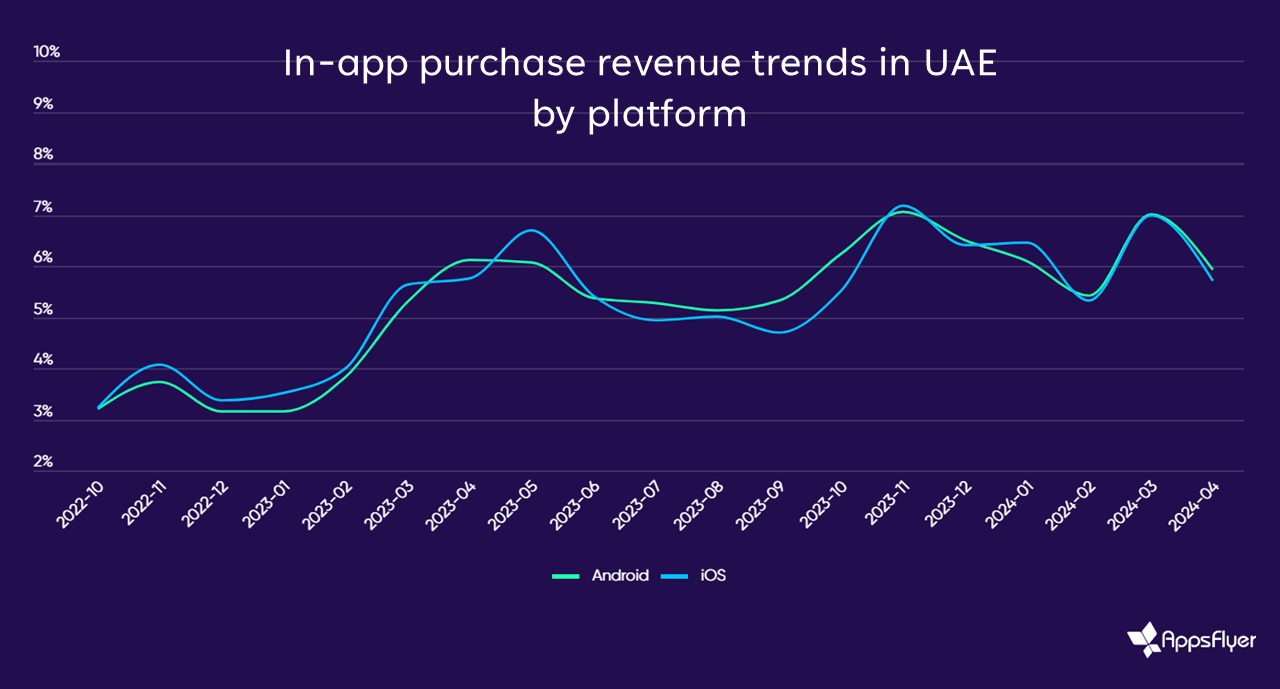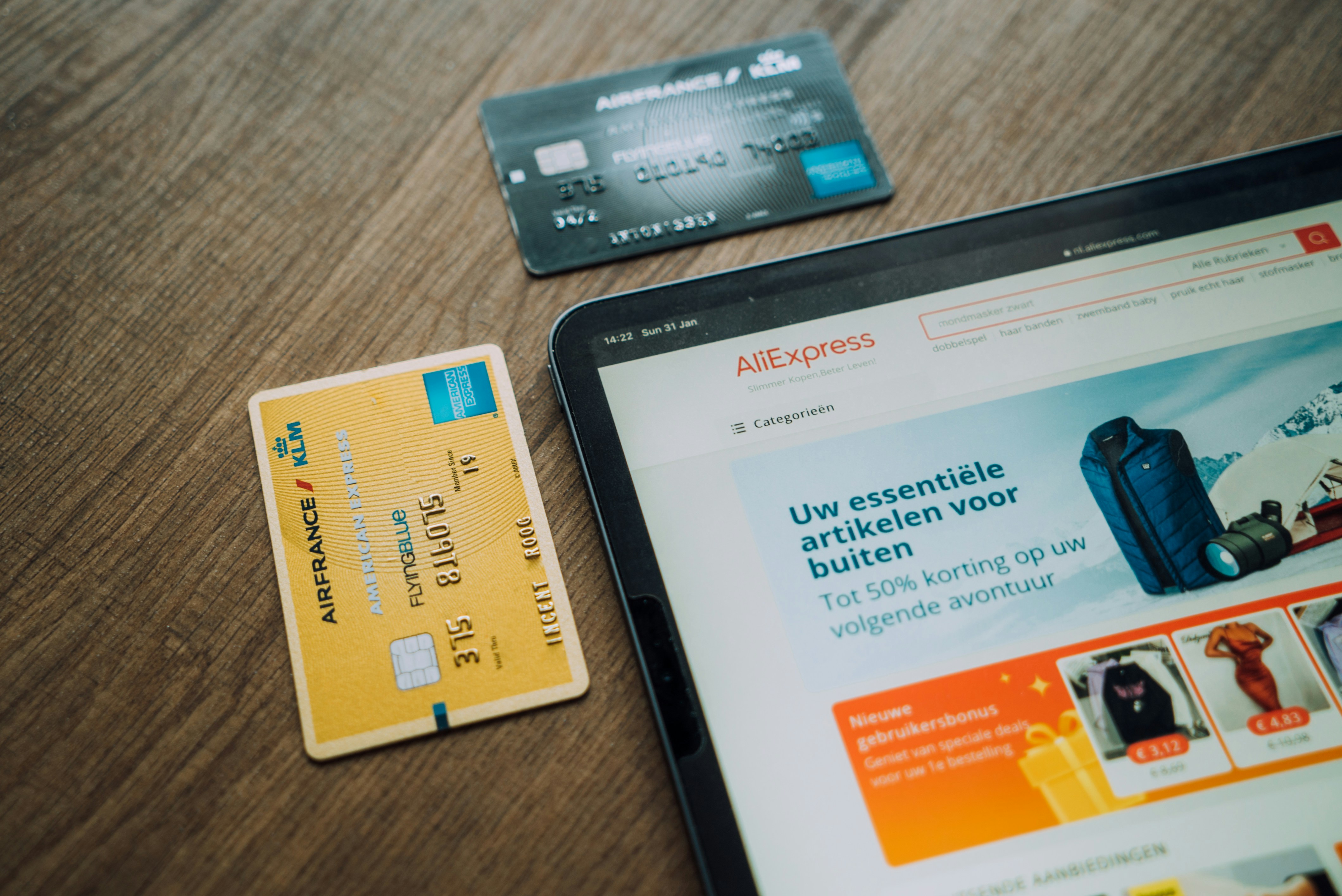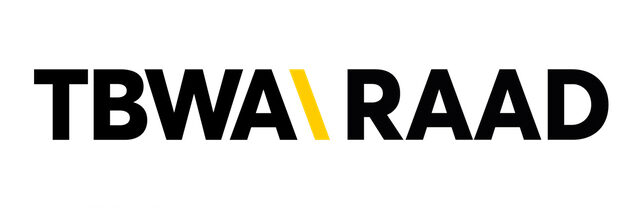AppsFlyer released the 2024 edition of its State of E-Commerce App Marketing report. Tracking shifts in consumer habits and marketing budgets, the study offers valuable insights into how the industry is evolving and which trends brands should harness to drive key metrics in the upcoming peak shopping season, from app downloads to purchases.
As the global economy continues to stabilize, the outlook for mobile commerce growth appears promising in the upcoming months, providing marketers with an opportunity to cultivate and nurture customer loyalty. AppsFlyer’s research has found that despite only 1 in 10 consumers converting during peak seasons for iOS, nearly 60% evolve into loyal customers post-first purchase. This highlights the mobile app’s influential role in bolstering engagement after a year marked by a 60% increase in installs. The research has revealed that marketers are tactically targeting the first week post-install for remarketing activations, amplifying efforts on the first day for a 40% conversion rate, and exceeding 75% within the first week.
The analysis shows that in-app purchasing (IAP) from consumers increased across the 2023 holiday season — rising by 15% against Q4 2022 — and sustained a positive trajectory into 2024, with a 21% surge in purchase volumes compared to Q1 last year. At the same time, the total 2023 ad investment soared to US$6.6 billion which can highlight improved marketing confidence.
Much of this market upturn centers around Apple iOS users. Over Q4 2023, iOS users fuelled both a 60% year-over-year hike in non-organic (marketing-driven) app installation (NOI) and increased their IAP rate by 21% from 2022 — outpacing equivalent measures for Android users at 21% and 9% respectively. Moreover, Apple devices saw their share of ad spending climb by 43% over 2023, while allocation to Android decreased by 18%, highlighting the strong buying power of iOS users. These findings indicate a greater determination from leading Asia-based businesses to engage iOS users throughout the year and not only during the final quarter. While campaigns targeted at iOS users are occurring globally by Asia-based businesses, campaigns in several Western markets — the UK, US, and France — disrupted typical seasonal sales patterns and yielded impressive results across Q2 and Q3 2023, including a 125% spike in NOI.
Key UAE insights from the 2024 State of e-commerce:
An uncharacteristic spike in IAPs occurred in March 2024, which appeared to be attributed to the marketing efforts of emerging large Asian mobile apps, resulting in a rise in user engagement. These online retailers appear to be targeting Apple users more heavily, as in the same month, overall app installs only showed a significant spike on iOS, increasing by nearly 10%.
It is clear that UAE organizations recognize the criticality of mobile e-commerce. For their user acquisition campaigns in 2023, the country's mobile marketers spent US$25 million and US$28 million on Android and iOS respectively.

Key Global insights from the 2024 State of eCommerce:
In-app consumer spend increased by 15% year-over-year in Q4 2023, with a 21% uplift among iOS users and 9% higher spending for Android users confirming a predictable peak in consumer spending towards the end of each year.
Apple iOS users powered a 60% year-over-year surge in NOI across Q4 2023, while Android also saw NOI rates rise by 21% due to a drop in cost per install (CPI).
Large Asian players were responsible for a 125% leap in iOS NOI in Q2 & Q3 2023, driven by a marketing push that disrupted iOS install seasonality patterns.
The first week from app download should be a priority for marketers, with the average user making their first purchase 3.6 days after they download the app. When it comes to retargeting, 40% of remarketing conversions occur on the first day, and over 75% during the first week. Total global app ad spend reached US$6.6 billion in 2023, with iOS platforms leading the charge at US$2.9 billion despite a 15-20% device market share. Android saw an 18% cut in ad spending from 2022 to 2023, while iOS saw a robust 43% increase.
“The mobile e-commerce advertising landscape is subject to constant strategic readjustment. Our latest findings indicate that as the global economy starts to stabilize, brands in the space are swinging firmly back towards paid marketing as a key means of user acquisition, instead of relying heavily on owned channels,” said Sue Azari, Industry Lead for eCommerce, AppsFlyer. “This change illustrates the dual impact of eased economic concerns and increasing pressure to stand out against competitors, particularly with new players in the space such as Temu — with both of these factors driving a surge in how much brands are spending on promoting shopping apps. As the peak 2024 holiday rush approaches, brands looking to get noticed must focus on remarketing and drive long-term rewards from lasting loyalty.”






